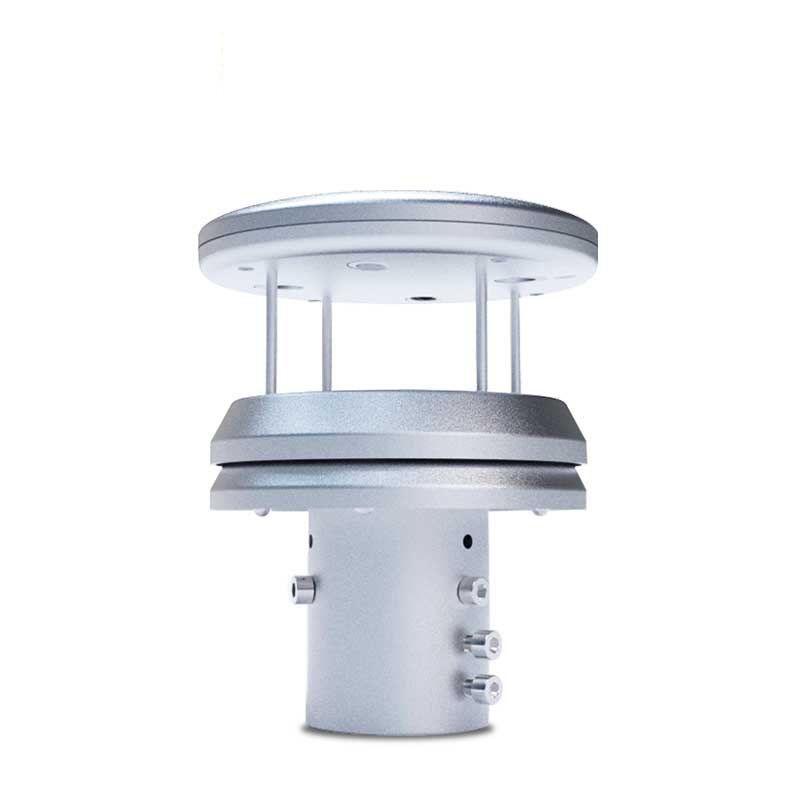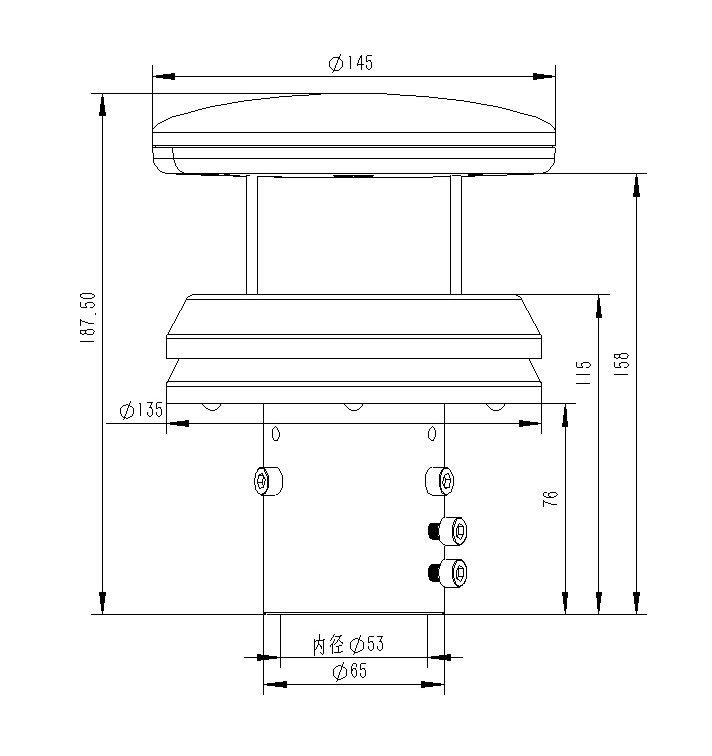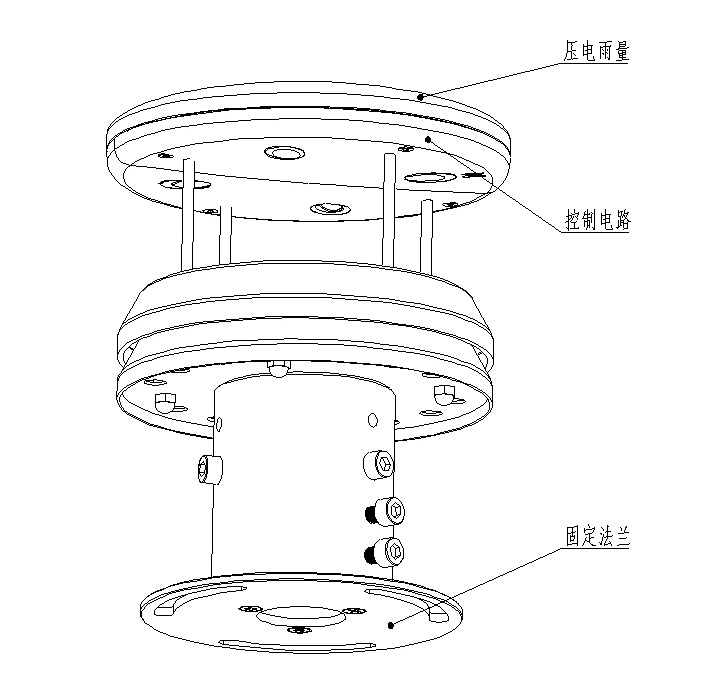Tianyi Sensor IOT Technology Co., Ltd
Sales Manager:Ms. Emily Wang
Cel,Whatsapp,Wechat:+86 15898932201
Email:info@fengtutec.com
Add:No. 155 Optoelectronic Industry Accelerator, Gaoxin District, Weifang, Shandong, China

Sales Manager:Ms. Emily Wang
Cel,Whatsapp,Wechat:+86 15898932201
Email:info@fengtutec.com
Add:No. 155 Optoelectronic Industry Accelerator, Gaoxin District, Weifang, Shandong, China

Model:FT-Y1S
Brand:tianyi
1.Piezoelectric Rain Sensor product overview
Piezoelectric Rain Sensor detects the start and end of rainfall more sensitively and quickly than traditional mechanical rainfall detection methods.This piezoelectric rain sensor uses PVDF piezoelectric film as a rain sensing device, and uses an embedded AI neural network to distinguish raindrop signals to avoid mistriggering caused by interference such as gravel, dust, and vibration.
It is widely used in meteorological and environmental monitoring, hydrological and water conservancy comprehensive monitoring stations, traffic road monitoring, agriculture, forestry, wind power generation and other relevant departments to remotely measure precipitation, precipitation intensity, and precipitation start and end time.It is used for automatic hydrological measurement and reporting systems, automatic field measurement stations, etc.for flood control, water supply scheduling, and water situation management of power stations.
2.Piezoelectric Rain Sensor Functional Features
1.Integrated design, beautiful appearance
2.No mechanical accessories and no exposed parts, which can filter similar signals introduced by environmental factors such as leaves, dust, insects, etc.
3.High measurement accuracy, wide range, good stability performance, low power consumption, strong resistance to external interference
4.Can work around the clock, not affected by weather changes, and monitor rainfall duration accurately in seconds
5.Maintenance-free, the contact surface of the raindrop is an arc-shaped design structure, and no rainwater is stored
6.It has automatic horizontal calibration function after installation, no on-site calibration is required
7.Small size, easy to carry, disassemble and install
8.Stainless steel material, high strength, oxidation and corrosion resistance
3.Piezoelectric Rain Sensor technical parameters
| Measurement range | 0-4mm/min |
| Measurement accuracy | ≤±4% |
| Resolution | 0.01mm |
| Sampling frequency | <1S |
| Communication interface | RS485 |
| Communication protocol | MODBUS |
| power supply | DC12V |
| Power consumption | 0.12W |
| Operating temperature | -40~85℃ |
| Working humidity | 0~100%RH |
| Heating module (optional) | Current: 1A (DC12V) |
| Power consumption: 12-15W |
4.Piezoelectric Rain Sensor product size diagram

5.Piezoelectric Rain Sensor product structure diagram

6.Things to note about Piezoelectric Rain Sensor
1.The radius of 1 meter around the sensor level is not blocked to avoid the influence of water droplets.
2.The sensor installation position should avoid strong mechanical vibration sources
3.The sensor should be installed in an open area, and raindrops should drip directly to the sensor, and should be avoided from secondary dripping and continuous water flow impact.
When it comes to anemometers, the most classic Mechanical anemometer immediately comes to mind. It realizes the measurement of wind speed and direction through mechanical structures and physical principles, and its classic nature stems from a mature technical system and extensive application practic...
After long-term use, photovoltaic modules are prone to various defects. Issues such as microcracks and degradation can seriously affect power generation efficiency and the lifespan of the system. This is where the EL detector, a photovoltaic operation and maintenance device, comes into play. It is a...
Tianyi specializes in the research, development and production of meteorological monitoring equipment, with profound technical strength and rich experience in the field of Automatic Farmland Weather Station. The weather stations produced by the company feature high-precision sensors and are made of...
Negative oxygen ion monitoring plays a crucial role in ecological environment research and air quality management. Negative oxygen ions are negatively charged ions in the air, which are widely distributed in the natural environment. Their concentration levels are closely related to air quality. High...